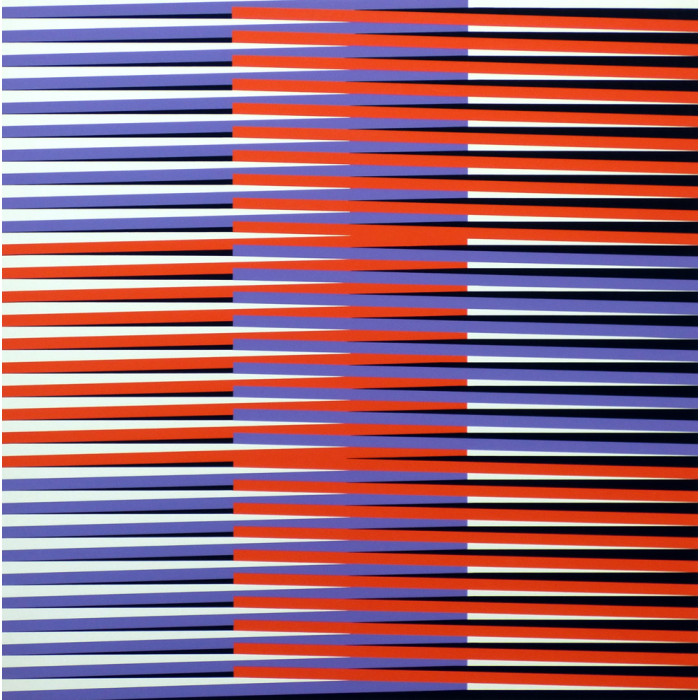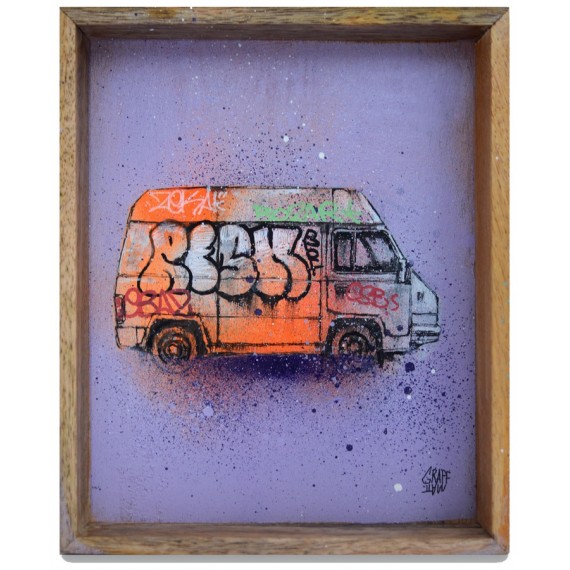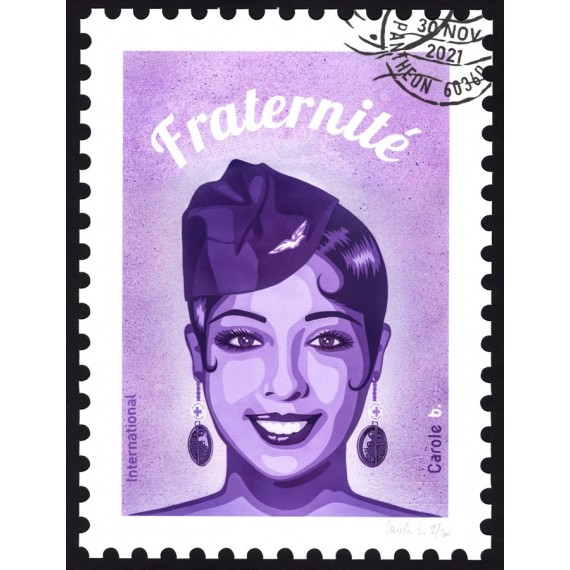Carlos Cruz-Diez (Venezuelan, 1923 - 2019)
Original screenprint. 60x60cm.
Additive Color
Dated 1970
Handsigned.
Numbered on edition of 200
Condition: see photograph.
Carlos Cruz-Diez, born August 17, 1923 in Caracas and died July 27, 2019 in Paris, is a Venezuelan artist painter naturalized French. He is one of the major players and one of the main representatives of kinetic art.
Biography of Carlos Cruz-Diez
In 1940, he studied at the School of Fine Arts in Caracas and obtained a diploma as a professor of applied arts. Four years later, he became a graphic designer in a company. At the same time, he produced illustrations and comics for newspapers.
In 1946 he was creative director of the advertising agency McCann-Erickson and in 1953 an illustrator for the Venezuelan national newspaper El Nacional.
In 1955, he went to France and visited the exhibition "Le Mouvement" at the Denise René gallery where he discovered kinetics. It’s a revelation. He then developed research on color. Cruz-Diez's work is based on the moiré effect in which the lines of contrasting colors give an impression of movement.
In 1959, he produced his first work "Additive Color and Physiochromy".
In 1961, he participated in the exhibition "Bewogen Bewegin" at the Stedelijk Museum in Amsterdam. This movement exhibit featured works of kinetic art, performances, happenings and films. It presented 233 works by 83 artists from 18 countries. Among them: Alexander Calder, Takis, Nicolas Schöeffer, Jean Tinguely, Robert Rauschenberg, Pol Bury, Marcel Duchamp…
Carlos Cruz-Diez then exhibited at the Denise René gallery in 1964 during the exhibition "Le Mouvement 2". Then, the gallery organized a first solo exhibition for him in 1969.
In 1965, he participated in the exhibition "The responsive eye" at MoMA in New York, the founding exhibition of optical art.
From 1972 to 1973, Carlos Cruz-Diez was a professor at the Paris School of Fine Arts for "kinetic techniques". Between 1986 and 1993, he was a full professor at the International Institute for Advanced Studies in Caracas.
In 1989, the first edition of his book "Reflection on color" was published in Caracas; book which is based on his various plastic investigations related to the study of color as "an autonomous reality in constant mutation".
Theoretical artist, Carlos Cruz-Diez has conducted a great deal of research on color and its perception. For him, color becomes a reality which can exist without recourse to a form or a support. Without past or future, it is in a perpetual present. His works highlight the interaction between color and spectator by demonstrating in particular how color, once its first interaction with the spectator has become, becomes an autonomous event capable of evolving in real time and space, without any anecdote.
Carlos Cruz-Diez worked on traditional supports of art: canvas and paper. But also a lot about architecture and urban space.
he inaugurates his major exhibition "Carlos Cruz-Diez. Color in Space and Time ” at the Museum of Fine Arts in Houston, in the United States, in 2011.
he was raised to the rank of officer of the National Order of the Legion of Honor in 2012. He died in 2019.
A museum dedicated to him in Caracas.
Here are some explanations of his work:
- additive color: When two color planes come into contact, a darker virtual line appears in the meeting area. Thanks to the isolation of this optical phenomenon, Cruz-Diez obtains the “chromatic event modules”, responsible, in part, for the continual transformation of color.
- physiochromy: phenomenon where structures are modified according to the displacement of the spectator and the intensity of the ambient light, by projecting the color in the space to create an evolutionary situation of additive, reflected and subtractive color.




























